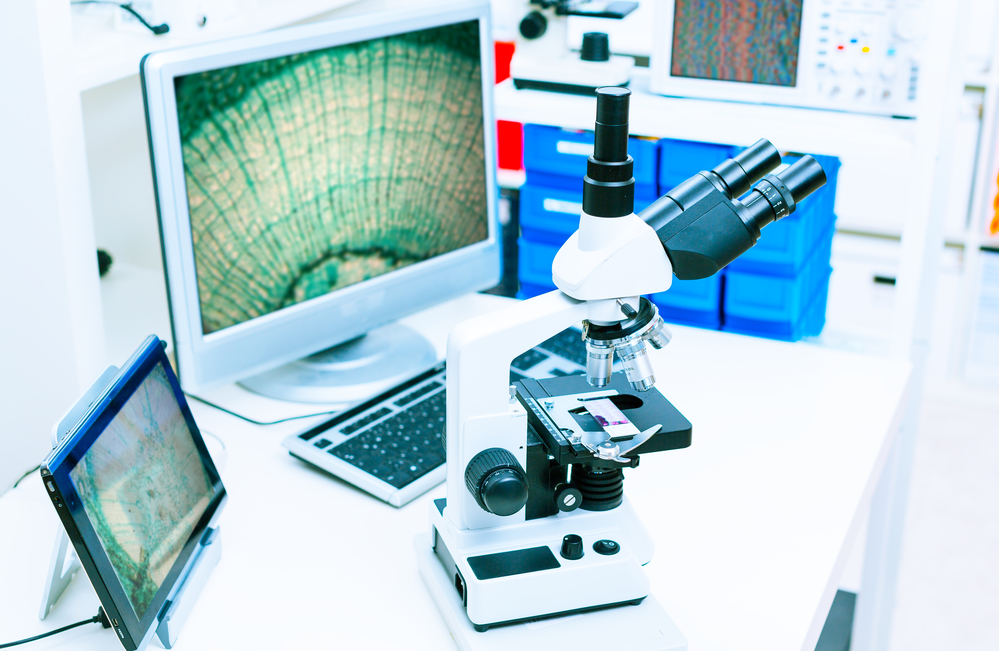Question and Answer with Dr. Sandra Gaston of Tufts Medical Center
As a featured speaker for the Biorepositories and Sample Management Summit on October 12-14th, 2015, in Boston, Massachusetts, Dr. Sandra Gaston will be presenting on “Tissue Print Technologies: An Innovative and Practice Approach to Obtaining High Quality Research Samples from Biopsies and Other Challenging Biospecimens.”
Question and Answers about Tissue Print Technology
Question 1: What will you be speaking about at the “Biorepositories and Sample Management Summit” in Boston?
Dr. Gaston: I’m going to focus my talk on the use of innovative tissue print technologies that my laboratory has developed in order to obtain high quality samples from biospecimens like tissue biopsies that are too small to be sampled by conventional methods.
Question 2: What are tissue prints and how would you define them?
Dr. Gaston: Tissue prints are in some ways similar to touch preps, but we use nitrocellulose instead of glass slides to blot the fresh tissue surface and obtain a thin layer of cells and extracellular matrix for molecular biomarker analysis. The tissue print collection technique results in a nitrocellulose blot that can be immediately snap frozen to preserve RNA and DNA quality, and we have used this approach to study gene expression and mutation patterns in needle biopsies without compromising these critical specimens for diagnosis.
Question 3: What is the value of using tissue print technologies?
Dr. Gaston: Tissue print technologies can be readily adapted for collecting high-value samples from biospecimens that can’t be readily sampled by conventional slice or shave methods. Key advantages of tissue print technologies include:
- The collection technique is easily learned by support staff
- The nitrocellulose is inexpensive and widely available
- Tissue prints can be collected quickly both in outpatient and surgical pathology settings
- Tissue prints take up very little space in the freezer
- The “imprint” can be directly aligned with the tissue histology to facilitate biomarker-pathology correlations.
Question 4: What impact is tissue print technology having on the biobanking community?
Dr. Gaston: The major scientific impact of the approach is that it expands the range and representation of biospecimens that are available for analysis.
Question 5: What role does the Medical Center Biorepository have within Tufts University?
Dr. Gaston: The Tufts Medical Center Biorepository is a service of the Department of Pathology and Laboratory Medicine. We are accredited by the College of American Pathology (CAP) and affiliated with the NCI Cooperative Human Tissue Network (CHTN). We are a core research resource for Tufts affiliated investigators and for investigators from the larger research community, including scientists from pharma and biotech companies.
